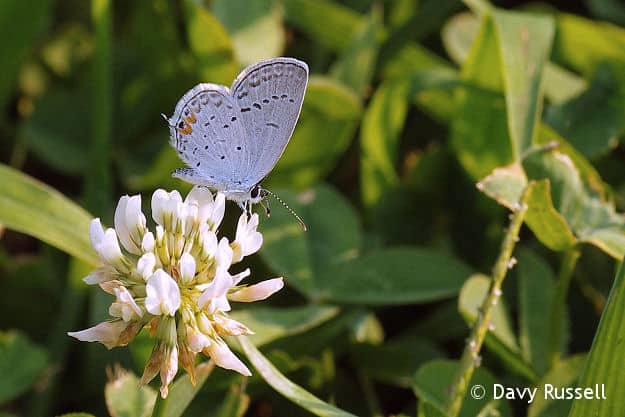Native perennial plants form the foundation to my pollinator garden.
They provide ample nectar and pollen for a wide variety of butterflies, bees, and other pollinators. Many of them also act as food plants for caterpillars and other insects.
Here are some of the best perennial plants to use in your pollinator garden:
1 – Purple Coneflower (Echinacea sp.)

Purple coneflower (echninacea purpurea) are the stars of my pollinator garden, drawing in the most variety of butterflies, bees, beetles, and other interesting creatures.
Get weekly moon wisdom delivered to your inbox every moon phase!
Light: Full sun.
Height: Up to 30″.
Bloom Time: Summer (June-August in my garden)
Best For: Butterflies, bees, beetles. Goldfinches eat the seeds after the flowers fade.
Deadhead spent blooms to encourage new flowers.
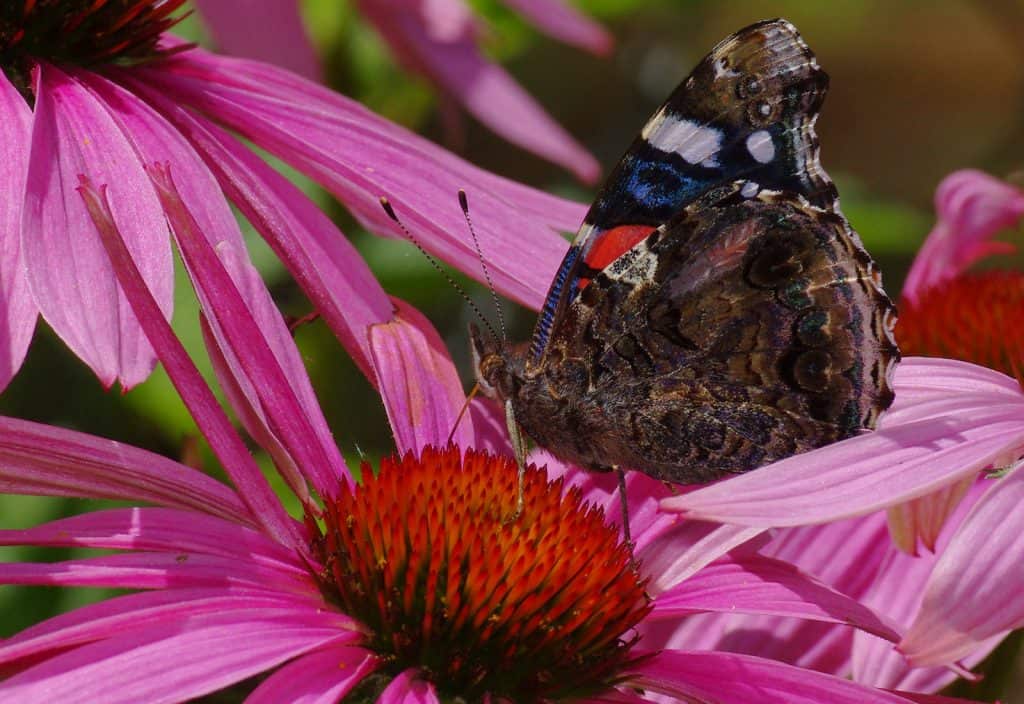
2 – Black-Eyed Susan (Rudbeckia sp.)

Black-eyed Susans (rudbeckia) are a bright and cheery addition to the pollinator garden.
While I don’t see as many butterflies on them as other plants, they draw in unique and just-as-interesting insects like syrphid flies, beneficial wasps (that are not at all aggressive!), and colorful beetles with interesting patterns.
Light: Full sun.
Height: 24″ for varieties like “Goldsturm”, and up to 3+ ft. for larger varieties.
Bloom Time: Summer (July-August in my garden)
Best For: Bees, beneficial wasps, syrphid flies, occasional butterflies. Good source of seeds for birds in the fall.
Note: The most common variety of Black-eyed Susans are the Rudbeckia fulgida “Goldsturm”, which one of several varieties of Rudbeckia that I have in my garden.
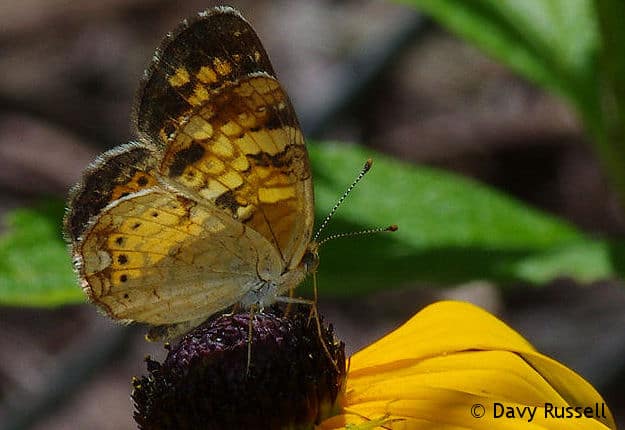
3 – Milkweed (Asclepias sp.)
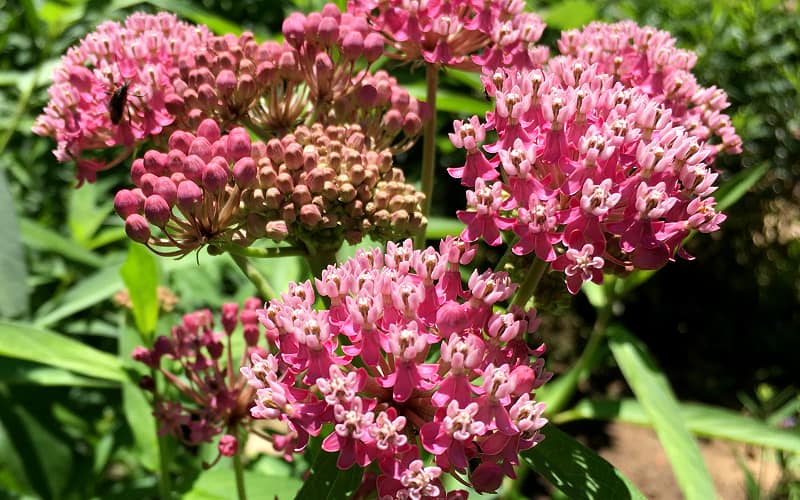
No pollinator garden is complete without milkweed!
Milkweed is the only host plant for the Monarch butterfly. It is also an important source of nectar for a wide variety of pollinators, from butterflies to bees, beetles, ants, flower flies, and moths.
Red and black-spotted milkweed beetles (my favorite!) are frequent visitors as well as two types of milkweed bugs (also red and black in color). The milkweed tussock moth also uses milkweed as a host plant.
There are many varieties of milkweed. Some of the ones I recommend in your garden include:
- Swamp Milkweed (Asclepias incarnata) – 4-5 ft. tall, pink flowers, monarch favorite. Can grow in pretty much any soil, and despite its name, does not need wet or “swampy” conditions to thrive (mine are in sandy soil.)
- Butterfly Milkweed (Asclepias tuberosa) – Stays smaller, about 2 feet tall in my garden with bright orange flowers. Not as popular with monarchs if you have other milkweed varieties, but a great addition to your garden just the same for a native wildflower that is brilliant orange.
- Common Milkweed (Asclepias syriaca) – A bit of a garden thug because it spreads, but also the most aromatic of the milkweeds (my favorite). Very popular with monarchs and many other insects in the milkweed ecosystem.
- Tropical Milkweed (Asclepias curassavica) – An annual in my zone 5 garden, this is a popular, two-color (red and yellow flowered) milkweed. You can easily grow it in pots, and start from seed without needing to cold-stratify like you do the native milkweeds.
Light: Full sun. Common milkweed may tolerate light shade.
Height: Varies depending on type. Common milkweed can get up to 5 feet tall, while butterfly milkweed may max out around 2-3 feet.
Bloom Time: Different milkweed species bloom at different times. In my garden, common blooms first in late June/early July. Butterfly milkweed blooms in July and August.
Best For: Butterflies, moths, beetles.
Caution: Common milkweed can spread rapidly, which may be a good thing, or a problem depending on your garden and how much space you have.
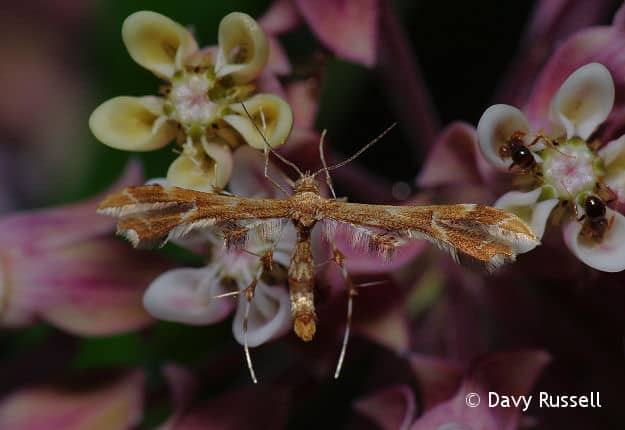
Raising Monarch Butterflies
Tracy and I always raise a few monarch caterpillars every summer because we like to watch their amazing transformation.
We use a pop-up mesh screen habitat where we keep the caterpillars protected from predators, while giving us a front-row seat to one of nature’s incredible sights!
4 – Coreopsis/Tickseed

Coreopsis is one of my favorite pollinator plants. It’s not a major butterfly magnate compared to other flowers, but it brings in a good amount of interesting insect activity.
Coreopsis is usually yellow, with two leaf forms – thread leaf and lance leaf.
I also have a native species that produces pink blossoms (coreopsis rosea), as well as some hybrid ones with more orange/red tones.
Light: Full sun.
Height: 12-20″, depending on variety.
Bloom Time: Usually blooms early-mid summer, then takes a break during the hottest temperatures. It then produces an encore of blooms late summer/early fall.
Best For: Bees, beneficial wasps, syrphid flies, butterflies, moths, beetles.
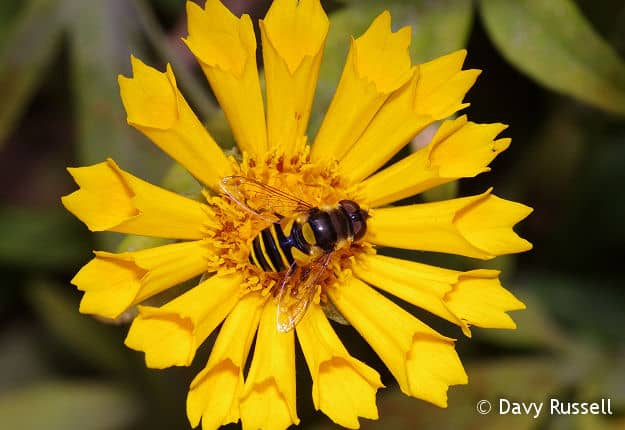

5 – Anise Hyssop (Agastache foemiculum)
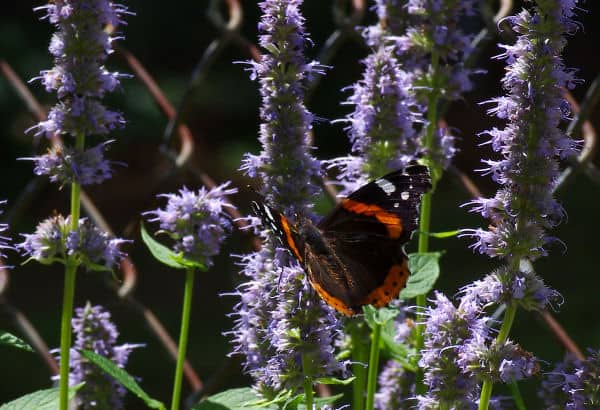
I planted Anise Hyssop (agastache) in my garden last year and it was one of the stars of my pollinator garden with constant butterfly and bee activity!
Stalks of light purple, tube-shaped flowers bloom in mid-late summer and last a long time.
The leaves can be used in tea. Crushed leaves smell and taste like licorice.
Light: Full sun.
Height: 24-36″
Bloom Time: July-September.
Best For: Butterflies, bees.
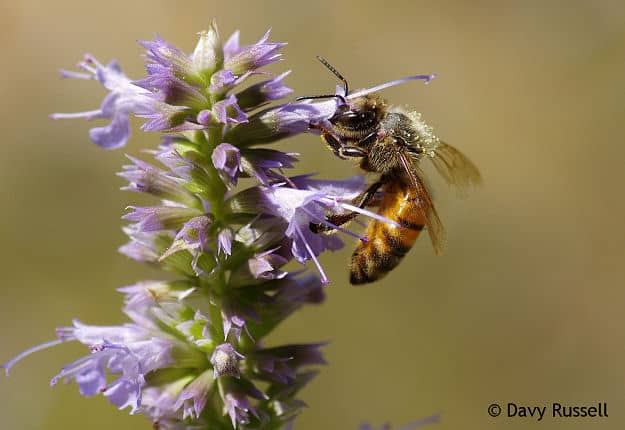
6 – Bee Balm/Wild Bergamot (Monarda didyma, Monarda fistulosa)
With a name like “bee balm”, you know this plant has to be a great addition to a pollinator garden. A member of the mint family, bee balm sports the characteristic square stems and is often used in making tea.
There are lots of bee balm varieties in many colors. Red and pinks are the most common, but you can also get it in lavender shades as well as white.
Bee balm tends to be susceptible to powdery mildew, and by the end of the summer, it can look pretty shabby.
Light: Sun to part sun.
Height: 12-36″, depending on variety.
Bloom Time: Summer.
Best For: Butterflies, bees. Hummingbirds are also attracted to bee balm.

7 – Joe Pye Weed (Eutrochium sp.)

Joe Pye Weed (Eutrochium) is a bee and butterfly magnet in a pollinator garden, with the added bonus of being a host plant for at least 40 butterfly and moth species!
Joe Pye blooms late in the summer and into early fall with masses of pink blooms.
Light: Sun to part sun.
Height: Can grow to 5 feet. “Little Joe” (Eutrochium dubium) is shorter, growing to just over 3 feet in my garden.
Bloom Time: Late summer/fall.
Best For: Butterflies, bees. Host plant for caterpillars.
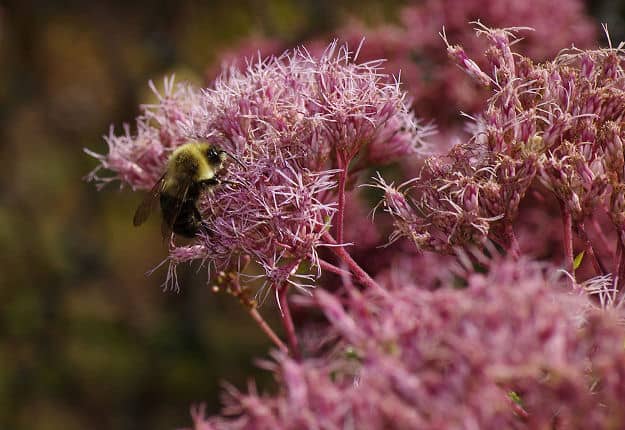
8 – Aster (New England Aster – Aster novae-angliae)
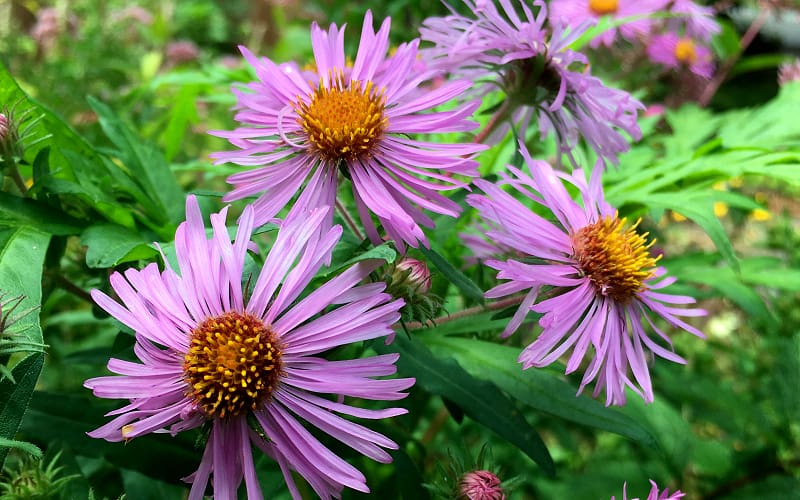
New England Aster is an important source of late-season nectar and pollen for bees and butterflies – especially migrating Monarchs.
Growing to about 3-4 feet tall, they get bushy and are absolutely covered in bright purple blossoms (and pollinators) well into fall. It’s also a host plant for many moth species.
Other asters to try in your garden are Stoke’s Aster, or any single-flowered fall aster. Popular double-flowered asters (with petals instead of the central orange-yellow disks are not attractive to bees and butterflies.)
Light: Sun.
Height: 3-4 feet.
Bloom Time: Late summer/fall.
Best For: Butterflies, bees. Host plant for caterpillars.

9 – Goldenrod (Solidago sp.)

Goldenrod sends up sprays of bright yellow flowers that butterflies, bees, and other pollinators love. Native goldenrod blooms mid summer into fall.
I am lucky to have native goldenrod growing around my home that grows to about two feet tall and blooms late summer.
The cultivated varieties that I have tried in my pollinator garden (Goldrush and Little Lemon) are equally attractive to pollinators, but grow shorter and bushier.
Light: Sun.
Height: 24″ for native, while cultivated varieties may vary from 12″ to 24″.
Bloom Time: Late summer/fall.
Best For: Butterflies, bees, beetles.
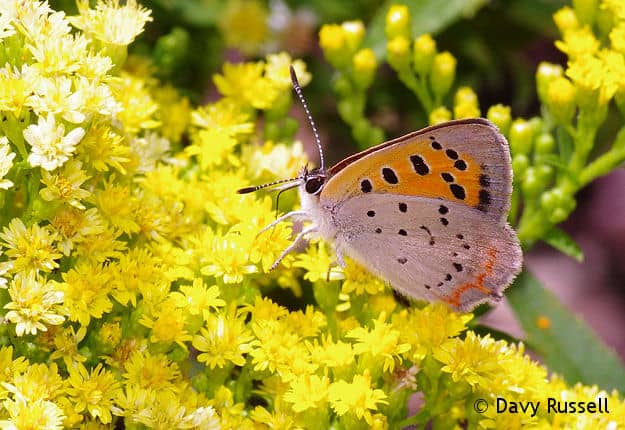
10 – Helenium autumnale
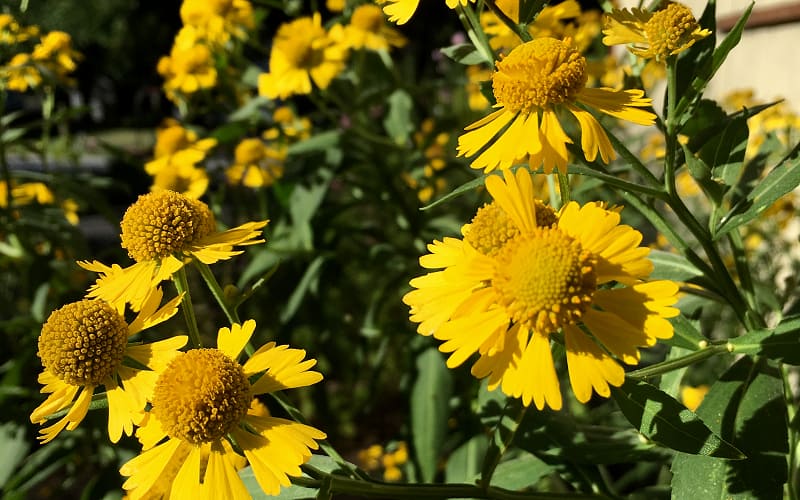
What I love about Helenium is that the chipmunks leave it alone! The flowers are nice, too, with cultivated varieties coming in shades of orange, reddish, or yellow.
Helenium mainly attracts bees, syrphid flies, and other interesting pollinators. I didn’t see much butterfly activity on mine.
Don’t let the common name “sneezeweed” turn you off to this plant. It is not ragweed, and doesn’t cause allergic reaction any more than other plants in your garden might.
I have two types of helenium in my garden. One is the native Helenium autumnale, which grows about 4-5 feet tall and sends up yellow blossoms late summer into the fall.
I also have a short cultivar called “Short’n Sassy” which grows to about 16″ and blooms earlier in the summer and continuously sends up reddish-orange blossoms until frost.
Light: Sun.
Height: 4-5′ for Helenium autumnale, some cultivated varieties are much shorter.
Bloom Time: Summer to fall.
Best For: Mainly bees.
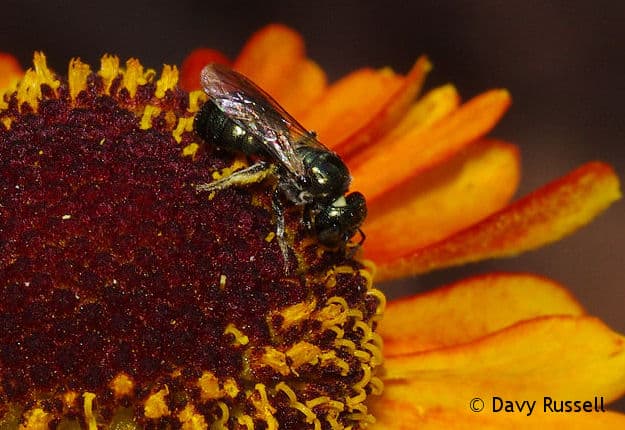
11 – Thrift
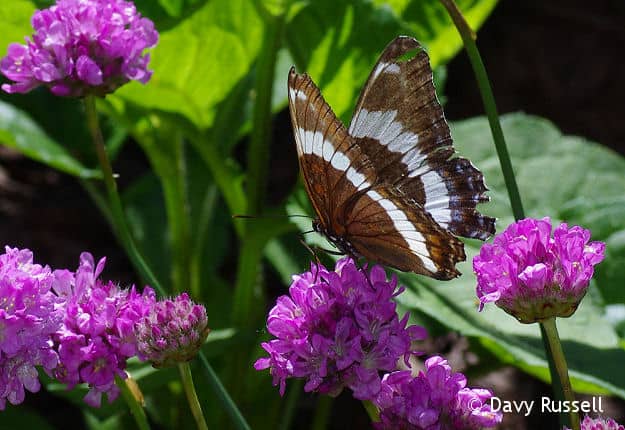
Thrift – I purchased two thrift plants from a garden center for the sole reason that there was a Monarch butterfly nectaring on the blossoms. I brought them home and planted them, and within minutes, attracted a White Admiral butterfly.
All season long, thrift played host to a variety of pollinators. Impressively, it bloomed all spring, summer, and fall, and even a little bit after the first couple frosts. I even had a bud forming during a December warm spell in Upsate NY, but a cold snap put an end to that.
Light: Sun.
Height: About 15″.
Bloom Time: Nursery tag said it blooms in spring, but my Thrift armeria bloomed all season long.
Best For: Butterfly magnet!
12 – Yarrow (Achillea millefolium)
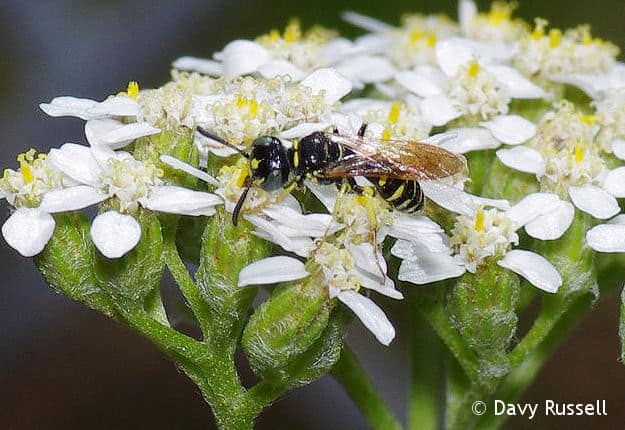
Yarrow was an accidental find growing in my lawn. I promptly dug up some of it and transplanted it into my pollinator garden where it took off and brought in a lot of insect activity.
Yarrow has delicate, feathery foliage with flat masses of white flowers that are a big draw for pollinators. Taller, cultivated varieties of yarrow can be found in garden centers with bloom colors in pinks, oranges, reds, and yellows.
Light: Sun.
Height: Up to 20″.
Bloom Time: Spring/Summer.
Best For: Butterflies, moths, bees, syrphid flies.
13 – Butterfly Bush (Buddleia)
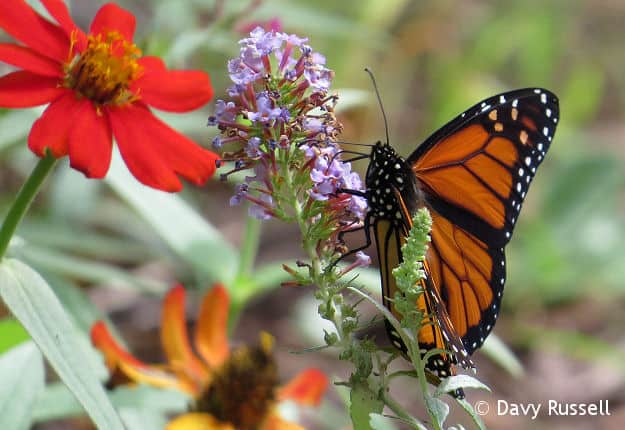
Butterfly bush is somewhat of a controversial addition to a pollinator garden.
Yes, it is a magnet for butterflies, hummingbird moths, bees, and even hummingbirds. However, it has no value as a host plant, and in some areas of the United States, it can be invasive and crowd out native plants.
In my Upstate NY garden, Butterfly Bush is well behaved and dies back to the ground every winter, emerging ever so slightly larger the following spring.
It sends up cones of blossoms from mid-summer through early fall. Deadheading will encourage more blooms, and prolong blooming time.
Butterfly bush comes in shades of pinks, purples, blues, and even white.
Light: Sun/Part Sun.
Height: Up to 5′.
Bloom Time: Summer/Early Fall.
Best For: Butterflies, moths, bees, beetles. Hummingbirds may visit as well.
14 – Speedwell/Veronica
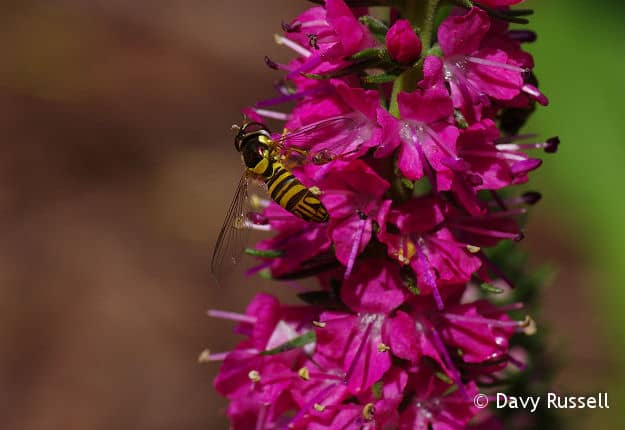
My Speedwell (Veronica spicata) is a pollinator magnate, swarming with bees, butterflies, and syrphid flies throughout the season.
Speedwell/Veronica comes in a variety of colors.
Light: Sun/Part Sun.
Height: Up to 18″.
Bloom Time: Late spring through summer.
Best For: Butterflies, moths, bees, syrphid flies. Hummingbirds may visit as well.
15 – Phlox
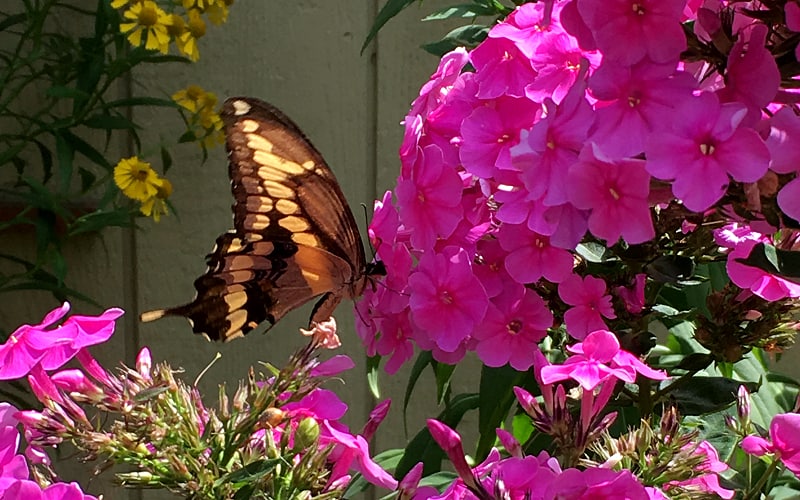
Phlox is an awesome butterfly magnet.
I have three types of phlox in my garden.
- Garden Phlox (phlox paniculata) grows tall (between 18 inches and 4 feet, depending on variety) and is said to be highly attractive to butterflies. Unfortunately, it’s also highly susceptible to powdery mildew. It prefers full sun but will tolerate part sun.
- Moss Phlox or Creeping Phlox (phlox subulata) is low growing, getting just 6″ tall, but spreads. It blooms in the spring and prefers full sun.
- Woodland or Blue Phlox (phlox divaricata) is another spring-blooming phlox and very fragrant. It’s a perfect pollinator plant for woodland and shade gardens. It gets about 12″ tall and requires some shade.
16 – Sundrops & Evening Primrose
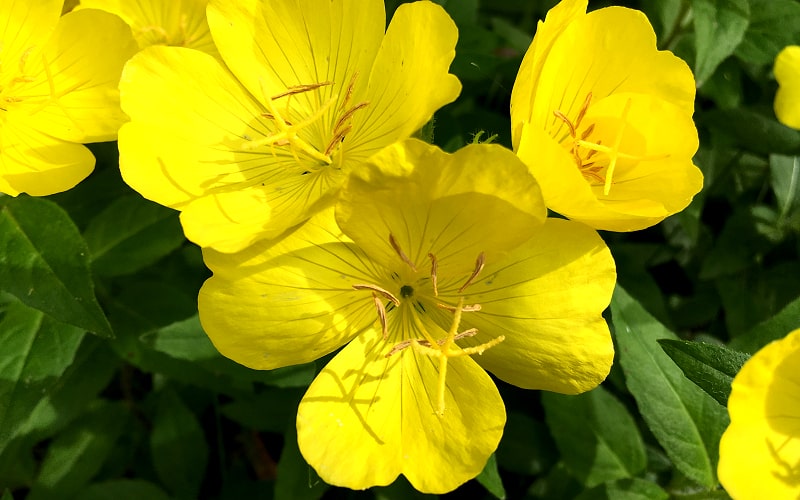
Sundrops do not bloom for very long, but when they do, a patch of them is brilliant yellow and draws in pollinators like crazy. In the fall, the leaves turn red, which ads late-season interest to your garden.
Light: Sun/Part Sun.
Height: Up to 12″.
Bloom Time: Late spring/early summer.
Best For: Butterflies, moths, bees, syrphid flies.
Caution: Sundrops spread like crazy, so it’s best to keep it in its own patch where it won’t crowd out your other garden plants.
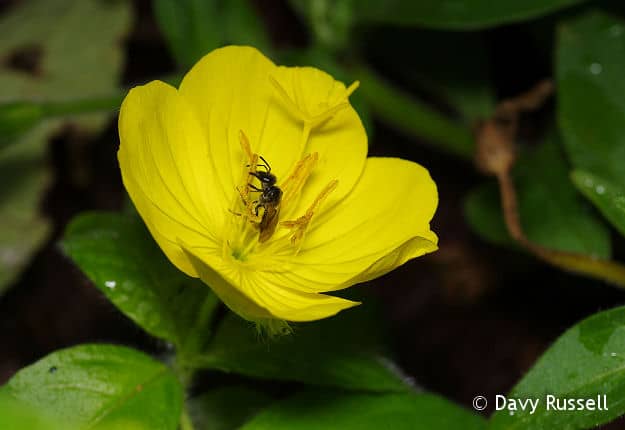
17 – Spiderwort (Tradescantia)
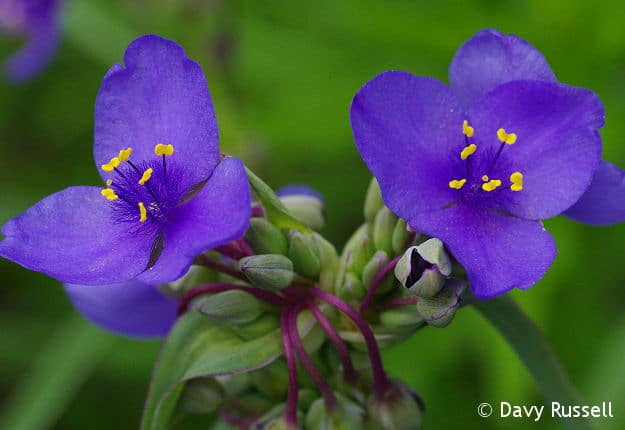
Spiderwort is one of the first native perennials to come up in my garden, even before the snow stops falling.
It’s one of the first to bloom and produces blue, 3-petaled flowers that only last one day. They provide an early source of pollen in my garden and I routinely see bumblebees and metalic-green sweat bees on them.
The biggest bummer with spiderwort, however, is that it’s pretty much done with blooming by mid-July. At that point, the plant flattens out and begins to die back, leaving a ragged, unkempt hole in your garden when everything else is in full bloom.
Light: Sun/Part Sun/Part Shade.
Height: Up to 24″.
Bloom Time: Spring – Early Summer.
Best For: Bees.
18 – Foxglove (Digitalis)
I want to love Foxglove, but it struggles in my garden. It attracts bumblebees and carpenter bees, as well as other pollinators that disappear into the deep tubular flowers to retrieve nectar. However, rain knocks the blossoms off, and the flower stalks tend to flop over. Maybe it’s my soil, or it doesn’t like the spot where I put it.
Foxglove is a biennial plant, meaning that it takes two years for the plant to flower. They readily self seed and can become invasive. While I generally like the plant, I don’t think I will include it in this years garden.
Light: Sun/Part Sun.
Height: Up to 48″.
Bloom Time: Late spring-summer.
Best For: Bees. Hummingbirds may also visi.
Other Pollinator-Attracting Perennials To Consider
Lupine, Liatris, Delphinium, Russian Sage, and Sedum/Stonecrop.
Common Weeds As Pollinator Plants
When planning your pollinator garden, don’t forget that many common weeds are actually valuable sources of pollen and nectar – especially early in the season before much else is in bloom.
I always keep a patch of these in my yard:
Violets are a welcome sign of spring in my yard, but they also serve an important function. They provide nectar for early butterflies and bees. Violets are also the host plant for fritillary butterflies!
Dandelions are a nuisance for those who want a “perfect” green lawn, but to me, they start he pollinator show in my yard.
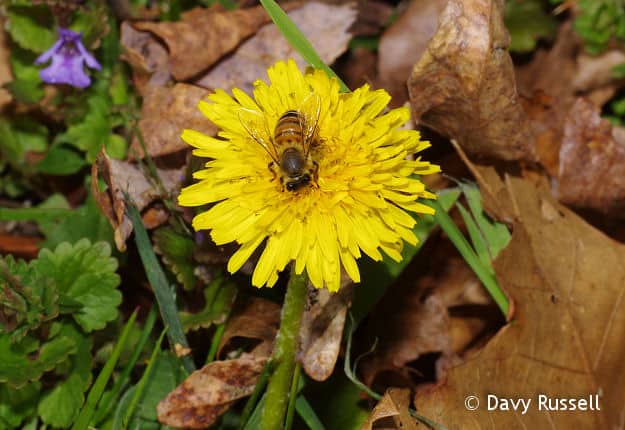
Clovers (both red and white) come up in my yard and I always leave a patch of them untouched when I mow. Both bees and butterflies regularly visit clover, such as this tiny Eastern Tailed Blue that I photographed (below) on a patch of clover that I left in the yard.
